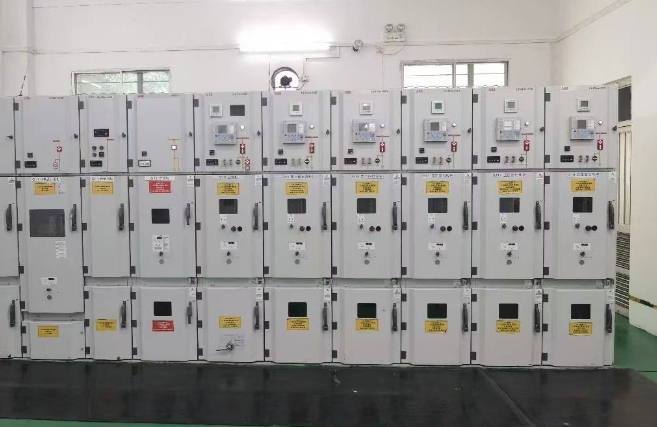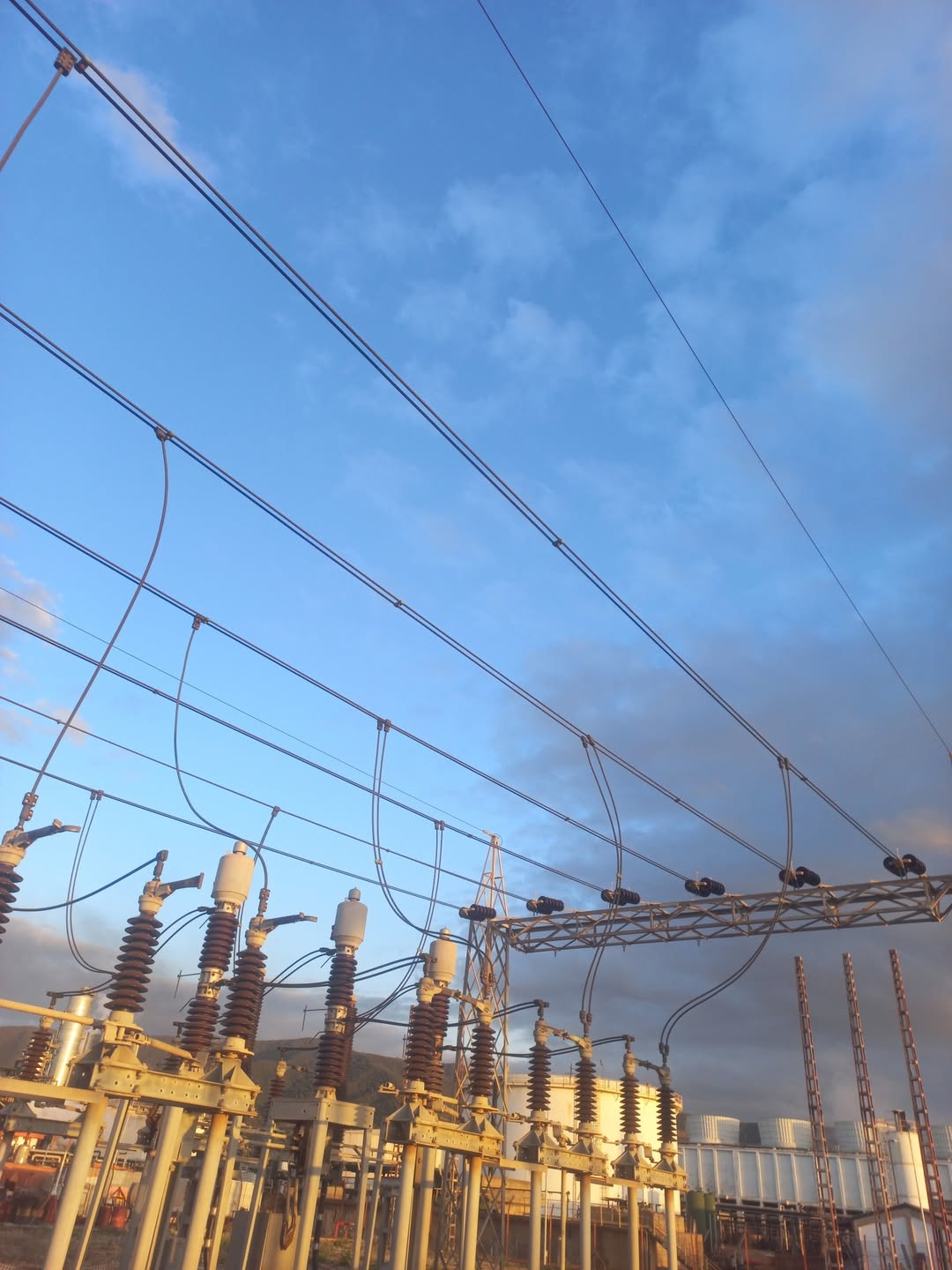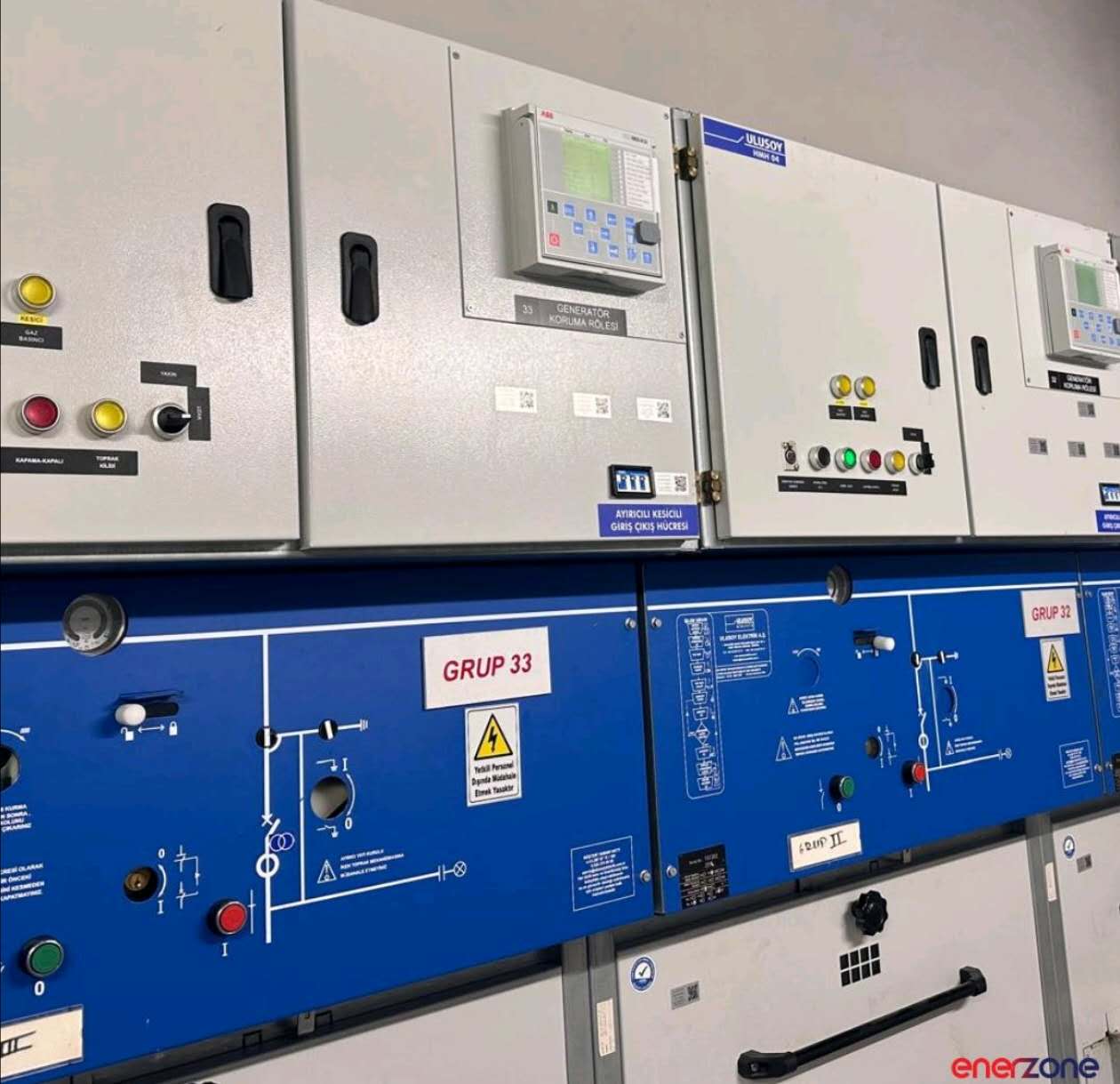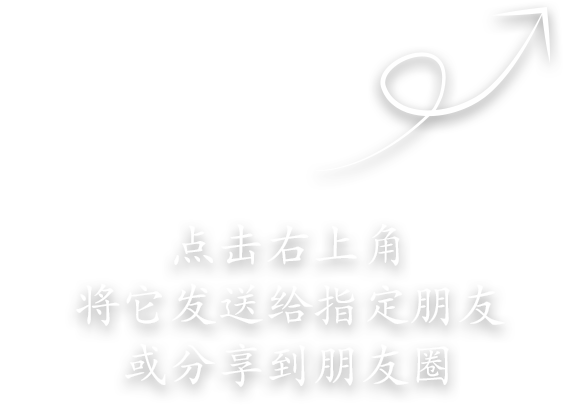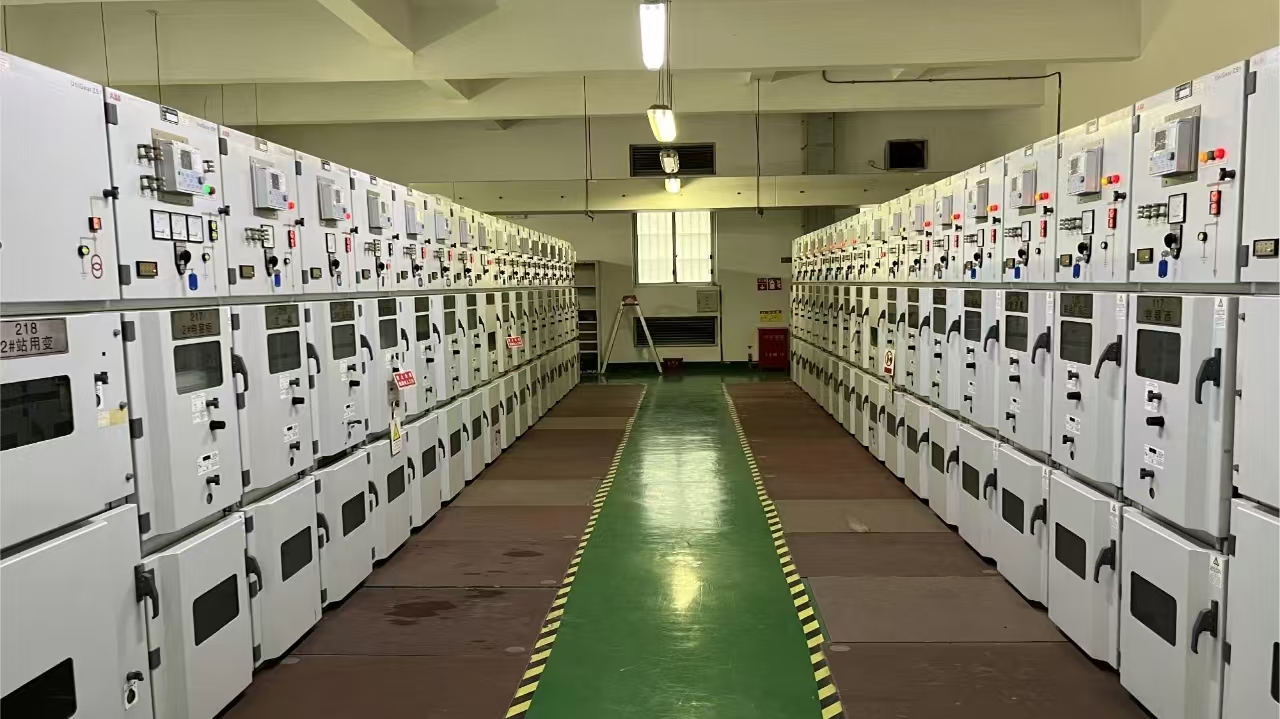
1. How to view the alarm content
ABB relay protection device REF615 provides a variety of ways to view alarm and fault information. First, we can quickly understand the alarm content through the event menu of the device.
1. Event menu
The event menu records all events that occur in the device, including state changes, control command execution, protection actions, etc. These event records are relatively brief and are mainly used to quickly understand the current status of the device. For example, changes in voltage or current, closing or tripping of relays, etc. are recorded as events. For daily maintenance personnel, the actual situation of the equipment can be grasped through the event menu
Time running condition.
However, since the event menu will record a large number of equipment activities, including some non-faulty events (such as state displacement, etc.), it may not be very effective to judge whether the equipment has failed only through the event menu.
2. Fault logging menu
Compared with the event menu, the fault record menu is more critical. It specially records all fault information related to tripping, including more detailed data. When the relay protection device trips, the fault record will list in detail the occurrence time of each fault, the full information of the current and voltage of each phase and the specific content of the action module. Through the fault record, users can clearly see the cause of tripping and the running state of the equipment when the fault occurs, which is very helpful for further fault analysis.
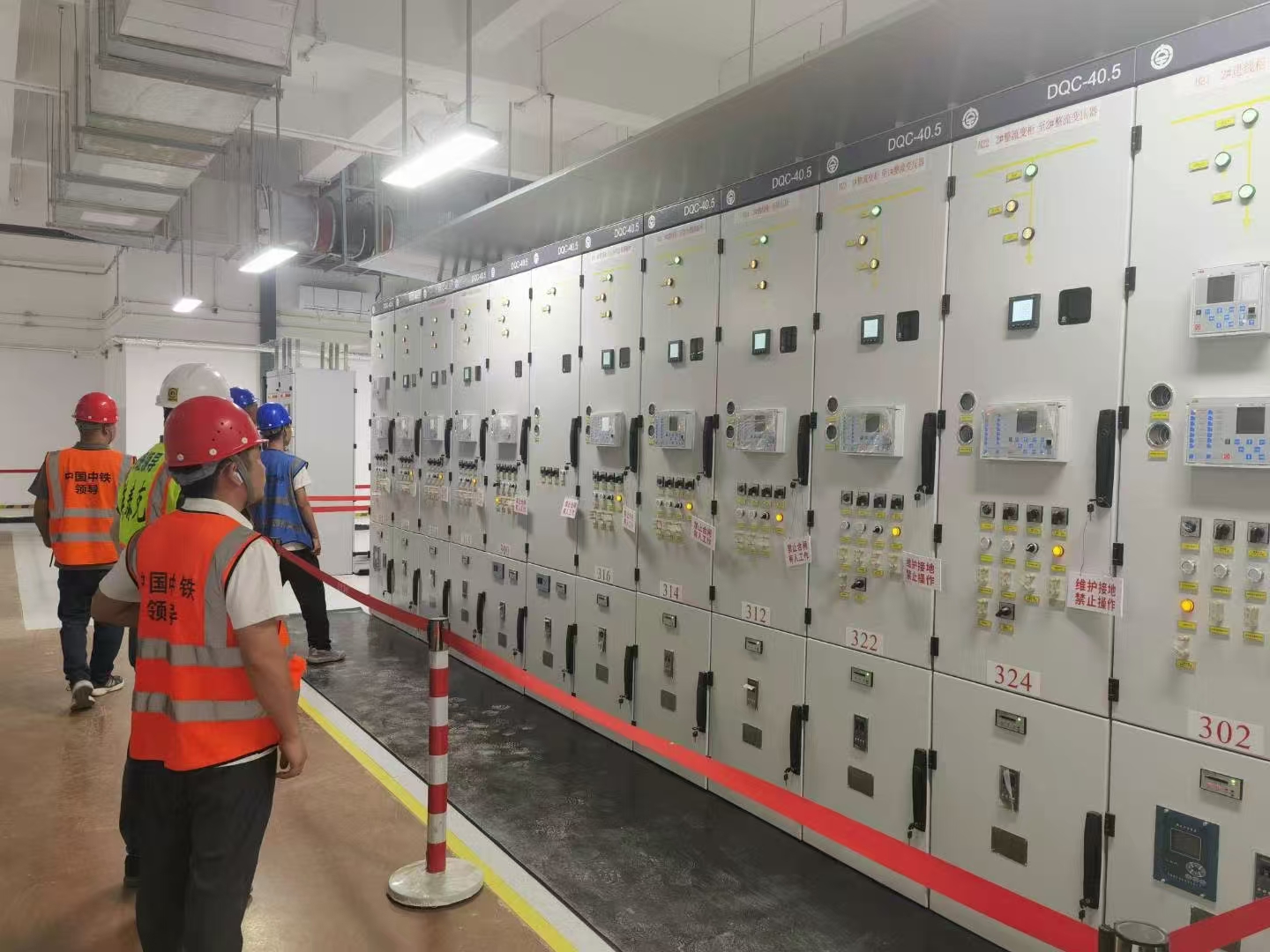
2. How to eliminate the alarm
After we confirm that the equipment has an alarm or fault through the event or fault record menu, the next step is how to deal with these alarm information. In REF615, the alarm can be eliminated in the following steps:
a. Confirm the cause of the alarm
Firstly, the nature of the alarm or fault is determined through the event menu or fault record menu, whether it is a state displacement alarm or the actual equipment fault.
b. Handling faults
In view of equipment tripping or abnormal failure, take corresponding measures, such as troubleshooting line problems, restoring power supply or replacing equipment.
3. Manual reset
After confirming that the fault has been eliminated, enter the clear option of the protection device for manual reset to eliminate the alarm information displayed by the device. It should be noted that reset should only be performed after the fault is completely eliminated, otherwise the alarm may be triggered again.

3. How to analyze fault records
After mastering how to view alarm information, the next step is how to analyze fault records, which is the core link of fault handling. The fault record of REF615 contains a large amount of key data, which is mainly analyzed from the following aspects:
a. View the action module
The record of the action module can tell us under which protection functions the device has acted. For example, modules such as overcurrent protection and overvoltage protection will record detailed action data when corresponding faults occur. By analyzing these action modules, we can quickly understand which kind of fault caused the trip, as well as key information such as action time point and trigger condition.
b. Analysis of current and voltage of each phase
The current and voltage data at the time of the fault will also be listed in detail in the fault record. Through these data, we can judge which phase the fault occurs in or whether it is a three-phase fault. Under normal circumstances, if the current of a certain phase suddenly increases or the voltage is obviously abnormal, it may be that the phase has a short circuit or a ground fault.
When analyzing these data information, it is usually necessary to make judgments in combination with the operation of the power system. For example, different fault types such as three-phase short circuit, single-phase grounding, and phase-to-phase short circuit will have different electrical characteristics. Through the analysis of current and voltage, we can not only judge the nature of the fault, but also guess the location of the fault, which provides a basis for subsequent troubleshooting.
